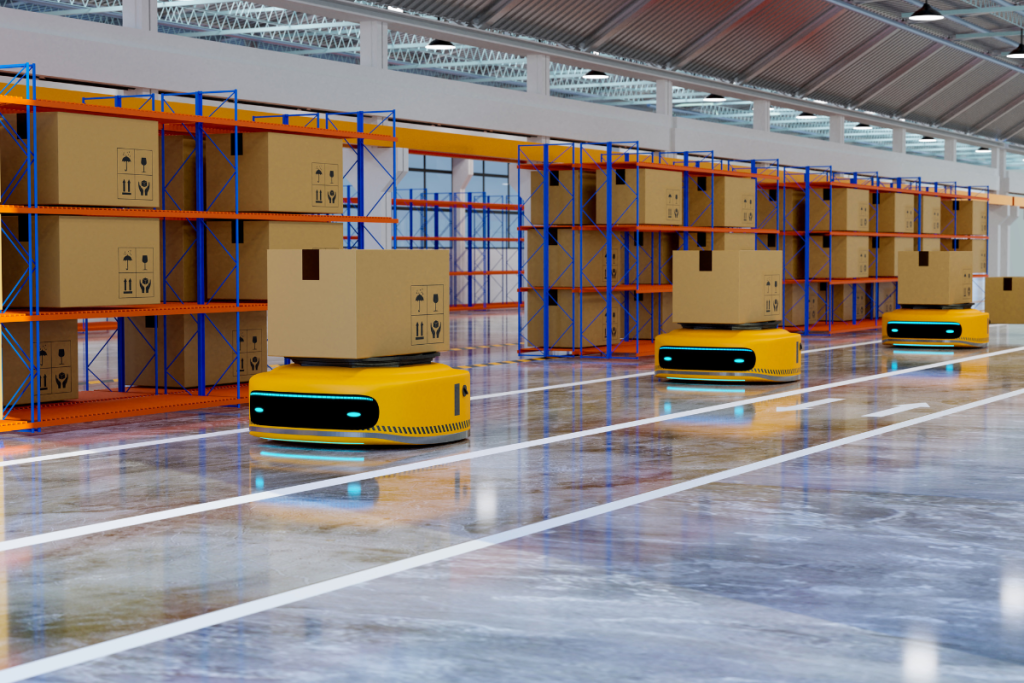Amazon is deploying new artificial intelligence tools across its logistics and warehouse operations to improve delivery accuracy, inventory forecasting, and robot autonomy. In a recent announcement, the company rolled out a generative AI mapping tool that helps drivers reach the correct delivery location, an enhanced forecasting model that improves inventory placement, and an “agentic AI” framework designed to let warehouse robots act on spoken instructions.
Smarter Forecasting Improves Stock Accuracy
Amazon’s new forecasting system draws on weather data, seasonal trends, and regional buying patterns to refine inventory decisions. The company said the model has led to a 10% improvement in national forecasts and a 20% gain in regional accuracy for popular products. The system is currently active in the U.S., Canada, Mexico, and Brazil.
By improving forecast precision, Amazon reduces excess inventory and shortens delivery times. The move follows broader retail trends as companies push to position inventory closer to demand. Walmart recently expanded its own data-science center to refine regional stock assortments, while Target is piloting AI-driven “sortation centers” to cut last-mile journeys.
AI Maps and Robots Aim to Cut Last-Mile Delays
Wellspring, Amazon’s new mapping tool, uses generative AI to identify apartment units, entrances, and parking spots using satellite imagery, street data, and prior delivery history. Since launching in October 2024, the system has mapped over 2.8 million apartment addresses and parking spots at 4 million locations, trimming wasted driver minutes that cascade into missed route targets.
In its warehouses, Amazon is also developing a framework that lets robots interpret spoken instructions. Leveraging vision-language models, machines such as the autonomous Proteus could soon execute nuanced commands like “Pick everything in the yellow tote and stage it for outbound.” If successful, the advance pushes robotics beyond fixed choreographies toward context-aware collaboration, freeing human associates for exception handling and problem-solving tasks.
Automation Gains Could Complicate Labor Relations
While AI tools streamline operations, they also shift the labor equation. As robots grow more autonomous and delivery systems more precise, warehouse roles may become narrower and more surveillance-driven, raising concerns around job quality and control.
Amazon, which employs over one million people globally, has faced rising union activity in recent years, particularly around automation’s impact on worker pace and oversight. Companies expanding AI in logistics will need to balance efficiency with transparency, or risk setbacks from labor disputes that AI alone can’t resolve.



